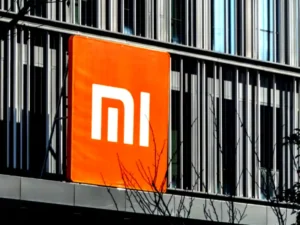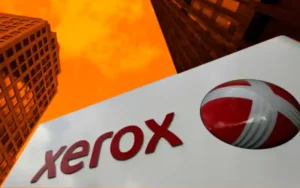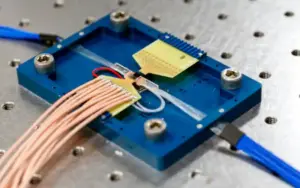OpenAI’s New GPT-OSS Models Bring Reasoning to Laptops

- OpenAI releases gpt-oss-120b and gpt-oss-20b, open-weight models optimized for local use, now available on Hugging Face, AWS, and more.
Lightweight Models with Advanced Reasoning
OpenAI has launched two open-weight language models—gpt-oss-120b and gpt-oss-20b—designed to deliver high-level reasoning while remaining accessible to developers. These are the company’s first open-weight models since GPT-2, marking a shift toward greater transparency and flexibility. The larger model, gpt-oss-120b, runs on a single Nvidia H100 GPU, while the smaller gpt-oss-20b is optimized for consumer laptops with just 16GB of RAM. Both models use a Mixture-of-Experts (MoE) architecture, activating only a subset of parameters per token to reduce computational load2.
OpenAI trained the models on a text-only dataset focused on science, math, and coding, using reinforcement learning to refine reasoning capabilities. Performance benchmarks show gpt-oss-120b scoring 2,622 on Codeforces and 19% on Humanity’s Last Exam, while gpt-oss-20b scored 2,516 and 17.3%, respectively. These results place them ahead of China’s DeepSeek-R1 model but below OpenAI’s proprietary o3 and o4-mini models. Despite their strengths, hallucination rates remain high—49% for the 120b and 53% for the 20b—highlighting a trade-off between openness and precision1.
Deployment Options and Cloud Integration
The models are available under the Apache 2.0 license, allowing free commercial use and modification. Developers can download them from Hugging Face or run them locally using platforms like Ollama, LM Studio, or vLLM. OpenAI also introduced the Harmony response format, which structures outputs into analysis, commentary, and final answers, improving interpretability and debugging4. Adjustable reasoning levels—low, medium, and high—let users balance latency and depth based on task complexity.
In a strategic move, OpenAI’s open-weight models are now available on Amazon Web Services (AWS) via Bedrock and SageMaker6. This marks the first time OpenAI models are natively hosted on AWS, expanding their reach beyond Microsoft Azure. AWS customers can integrate gpt-oss models into agentic workflows, leveraging tools like Guardrails for content moderation and Bedrock AgentCore for scalable deployment. The partnership signals OpenAI’s intent to diversify its cloud presence and reduce reliance on exclusive arrangements.
Competitive Landscape and Strategic Implications
The release of gpt-oss models comes amid growing competition in the open AI space. Meta’s Llama models, once dominant, have faced delays, while DeepSeek’s R1 model gained traction for its cost-effective reasoning capabilities8. OpenAI’s move repositions it in the open-weight arena, offering models that rival DeepSeek-R1 in reasoning but with broader deployment options and cloud support. By enabling local use and fine-tuning, OpenAI aims to empower developers and enterprises with more control over their AI infrastructure.
Interestingly, the models support chaining to OpenAI’s proprietary systems for tasks like image generation or audio processing, creating hybrid workflows that blend open and closed capabilities. This flexibility could appeal to organizations balancing privacy concerns with performance needs. OpenAI’s decision not to release training data reflects ongoing legal scrutiny around copyright in AI training, but the company has conducted safety audits to mitigate misuse risks9.
Real-World Performance on Consumer Hardware
|









